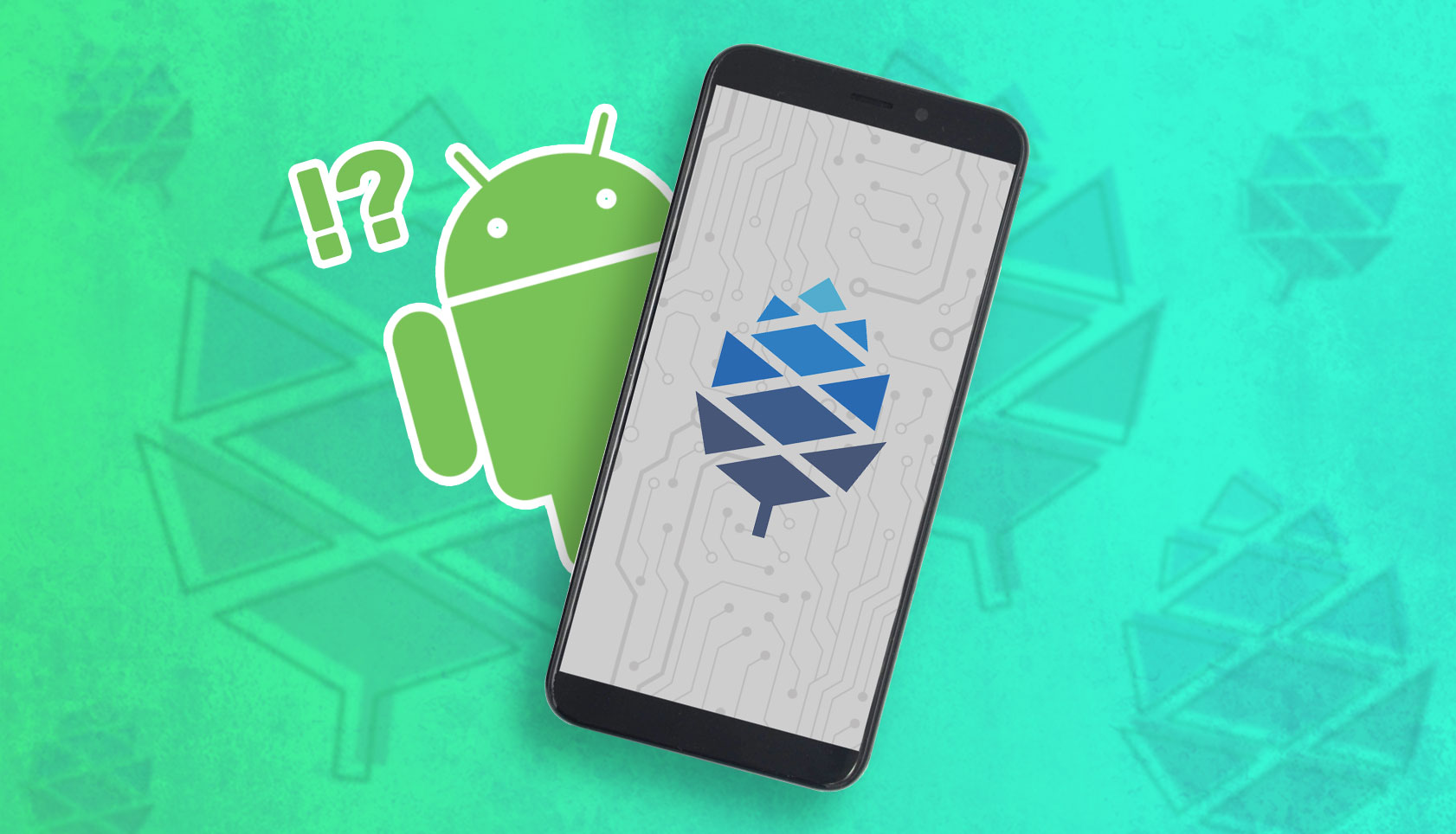Originally posted by szymon_g
View Post
One point to start of with most KDE applications are not built limited to kde plasma. Its a Linux Desktop class OS running gnome, kde.... and the applications work.
1) Google Play. There are a lot of applications that need google play for digital right management and other things that require approved device. Deep modifications of android you will never get approval.
2) Google controls the upstream. This is something blackberry run into google would add new features that new applications would need so it was basically back to the grind making the it work again.
3) Security model of Android and the security model Linux Desktop application and blackberry applications expect is totally different.
4) Linux Desktop will still want to keep on adding their own new features like blackberry did as well.
The security model of Android has changed version to version as well. Android is very much a moving target so is the Linux Desktop itself.
The only possible working solutions is either containerisation or virtualisation. Thinking android uses containerisation in their security model these days that does provide a level of tricky.
https://halium.org/ Yes halium does use containerisation to a point. Android drivers are differently done to what Linux Desktop software expects as well reason for needing halium to use android kernels. Of course these abstractions cost.
Android on Linux Desktop or Linux Desktop on Android both require abstraction that abstraction costs. Depending on the abstractions used there are different levels of maintenance cost. Virtual machine is the cheapest on maintenance but most expensive on hardware requirements. Containerisation is fairly cheap on hardware requirements very expensive on maintenance cost to keep current with upstream. Please note these relative costs don't really change if you are containerisation/vm of LInux desktop solution inside Android or Android inside a Linux Desktop solution.



Leave a comment: